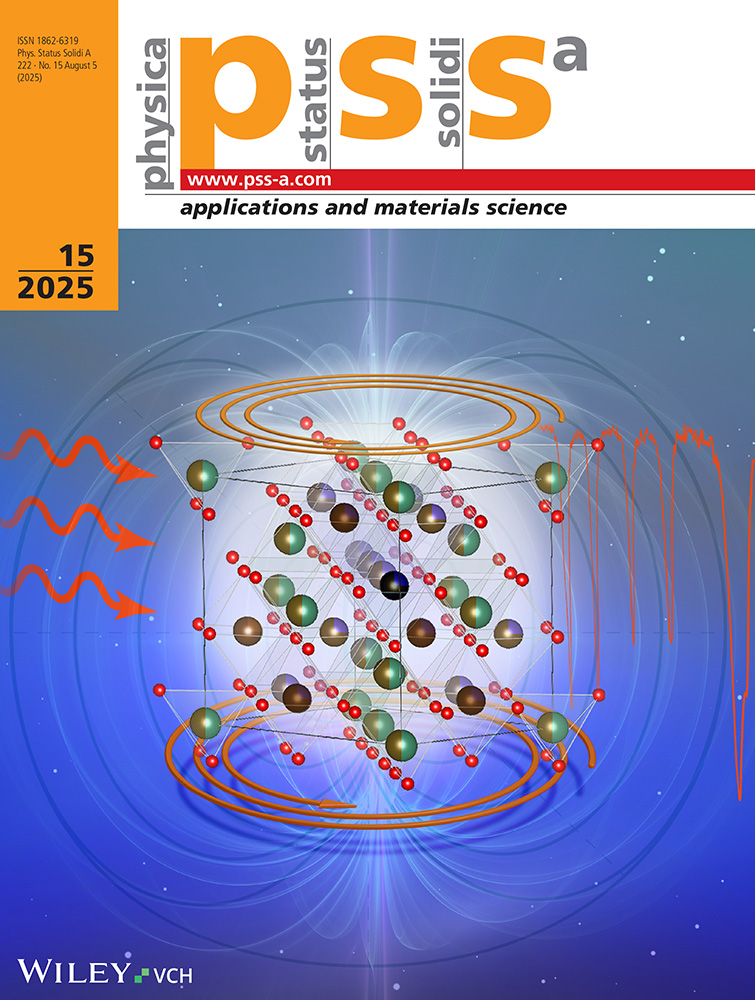The Mechanism of Thermal Remagnetization of Permanent Magnets†
Dedicated to Prof. Dr. Dr. h. c. Dr. E. h. P. Görlich on the occasion of his 80th birthday
PSF 103, DDR-8072 Dresden, GDR.
Abstract
enThe known process of the thermal remagnetization of SmCo5 is explained half quantitatively as a typical effect in a polycrystal by assuming a square spectrum of its coercivities and parallel orientation of its easy axes. Together with large (HR — Hc)-differences it is caused by a fluctuating interaction field H' combined with the irreversible reduction of the low coercivity side of the Hc-spectrum. From the measured field dependence on SmCo5 as well as on BaFe12O19 magnets the field H' can be estimated experimentally and found to be H' = 0.3 and 0.5 × 105 Am−1 for a temperature T0 = 180 and 270 °C, respectively.
Abstract
deDer bekannte Prozeß der thermischen Remagnetisierung von SmCo5 wird halbquantitativ als typischer Effekt im Polykristall durch die Annahme eines rechteckigen Spektrums seiner Koerzitivfeldstärken und der parallelen Orientierung seiner leichten Achsen erklärt. Zusammen mit einer großen (HR — Hc)-Differenz wird er verursacht durch ein flukturierendes Wechselwirkungsfeld H′, das mit irreversibler Hc Abnahme der Seite des Hc-Spektrums mit niedriger Koerzitivkraft kombiniert ist. Aus der gemessenen Feldabhängigkeit sowohl an SmCo5- als auch an BaFe12O19-Magneten kann das Feld H′ experimentell zu H′ = 0,3 und 0,5 × 105 Am−1 für eine Temperatur von T0 = 180 bzw. 270 °C bestimmt werden.




